Dr Alek Nikolic Discusses Arbutin and Its Role in Treating Hyperpigmentation
If you struggle with dark pigmented skin marks and have tried various skin care products or skin treatments with slight effect then this article may be for you. Dr Alek Nikolic looks at the benefits of adding Arbutin to your skin care regime found in the Obagi Nuderm range of skin care products and why this may be the wonder molecule to treat stubborn hyperpigmentation caused by UV damage, Melasma, or inflammatory skin conditions.
What is Arbutin?
Arbutin is a naturally occurring derivative of hydroquinone. It is believed to be one of the best alternatives to hydroquinone as it provides the skin-lightening effect of hydroquinone without some of the potential side effects. Hydroquinone is considered the gold standard in skin lightening agents but it should only ever be used under strict medical supervision and for no longer than 3-4 months.
[quote author=”Dr Alek Nikolic”]Arbutin is now found in a variety of skin care products aimed at lightening skin pigmentation and is the key ingredient in the Obagi Nu-Derm range. Skin lightening is often desired for cosmetic purposes to help fade or lighten hyperpigmentation. In vitro studies of 7% Arbutin appear to have a strong inhibitory effect on melanin production.[/quote]
Where does Arbutin come from?
Arbutin, also known as Alpha-Arbutin occurs naturally in several different plant species. Plants with the highest known concentrations are bearberry and mulberry. It is also found in blueberry, cranberry, wheat, and pear varieties. Synthetic forms of Arbutin can be created by chemical synthesis or by an enzyme induced process.
How Does It Work?
Arbutin is composed of hydroquinone with a sugar group attached. The hydroquinone group allows Arbutin to act as an inhibitor of tyrosinase, a key enzyme involved in melanin (pigment) production. In addition to its innate inhibitory effect, Arbutin may also act as a reservoir that slowly releases hydroquinone. Once absorbed into the skin, enzymes within the body can cleave off the sugar group from Arbutin, releasing hydroquinone. This acts like a built-in safety valve, preventing the skin from being exposed to too much hydroquinone at once.
How Effective is It?
Researchers have been studying Arbutin’s ability to inhibit tyrosinase in skin cells, since the 1990s. There is promising scientific evidence to suggest Arbutin is effective as a skin lightening agent, particularly with regards to the synthetic forms, A-Arbutin and deoxy arbutin.
“However, most of this evidence is from animal studies or in vitro studies on cultured human skin cells.”
What can Arbutin Treat?
- Hyperpigmentation
- Lentigines
- Melasma and Chloasma
- Freckles
Are there any Side Effects?
It is argued that naturally-sourced Arbutin does not have side effects and safety issues for the user as it is naturally sourced. Studies on arbutin have all firmly stated that it’s a “safe and effective ingredient for skin lightening.”
I hope you found the above article helpful and useful especially if you suffer from dark pigmented skin marks and would like to get rid of them with a topical skin care regime
Kind regards
Dr Alek Nikolic
PRODUCTS CONTAINING ARBUTIN
OBAGI Nu-Derm System – Normal to Dry
Original price was: R11,400.00.R10,185.00Current price is: R10,185.00.OBAGI Nu-Derm System – Normal to Oily
Original price was: R11,400.00.R10,185.00Current price is: R10,185.00.OBAGI Hyperpigmentation Added Value Pack
Original price was: R7,460.00.R7,300.00Current price is: R7,300.00.[message]
Potential Hydroquinone Side Effects:
- Mild burning, stinging, redness, and dryness may occur. Many people using this medication do not have serious side effects.
- Stop using hydroquinone and tell your doctor right away if any of these unlikely but serious side effects occur: blistering, skin cracking, blue-black darkening of the skin.
- A very serious allergic reaction to this drug is rare and can include the following: rash, itching/swelling (especially of the face/tongue/throat), severe dizziness, trouble breathing.
This is not a complete list of possible side effects. If you notice other effects not listed above, contact your doctor or pharmacist.
[/message]
References:
- Biol Pharm Bull. 2004 Apr;27(4):510-4. Inhibitory effects of alpha-arbutin on melanin synthesis in cultured human melanoma cells and a three-dimensional human skin model. Sugimoto K1, Nishimura T, Nomura K, Sugimoto K, Kuriki T.
- Arch Pharm Res. 2009 Mar;32(3):367-73. doi: 10.1007/s12272-009-1309-8. Epub 2009 Apr 23. Inhibitory effects of arbutin on melanin biosynthesis of alpha-melanocyte stimulating hormone-induced hyperpigmentation in cultured brownish guinea pig skin tissues. Lim YJ1, Lee EH, Kang TH, Ha SK, Oh MS, Kim SM, Yoon TJ, Kang C, Park JH, Kim SY.
- Int J Cosmet Sci. 2011 Jun;33(3):210-21. doi: 10.1111/j.1468-2494.2010.00616.x. Epub 2011 Jan 25. The melanogenesis and mechanisms of skin-lightening agents–existing and new approaches. Gillbro JM1, Olsson MJ.



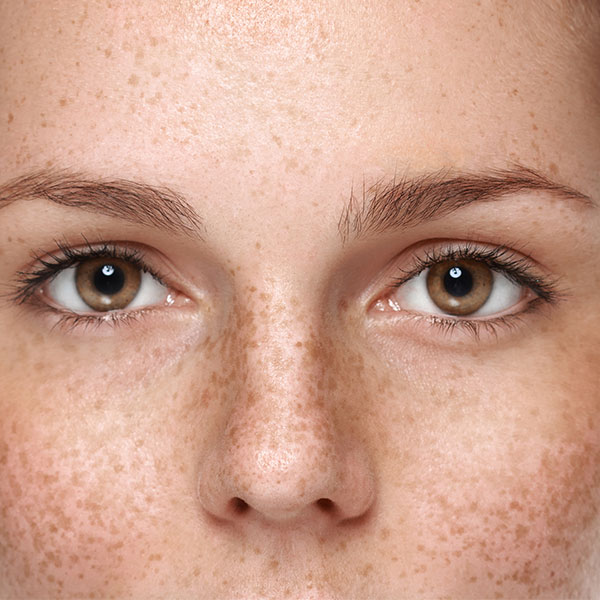
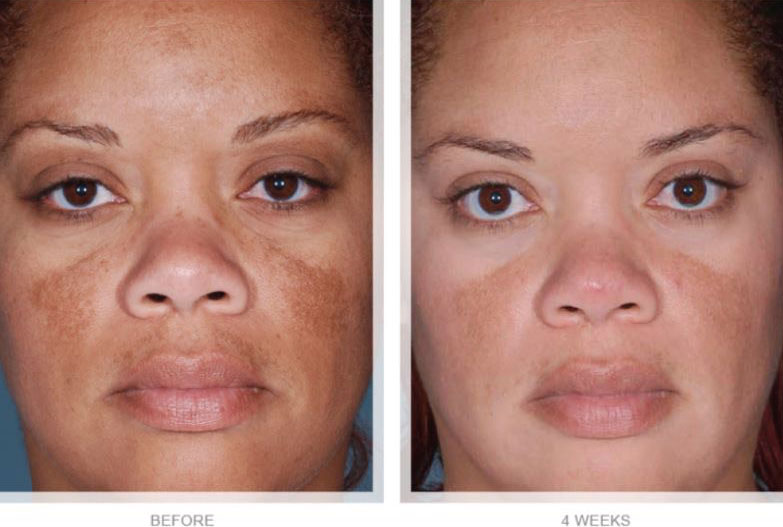
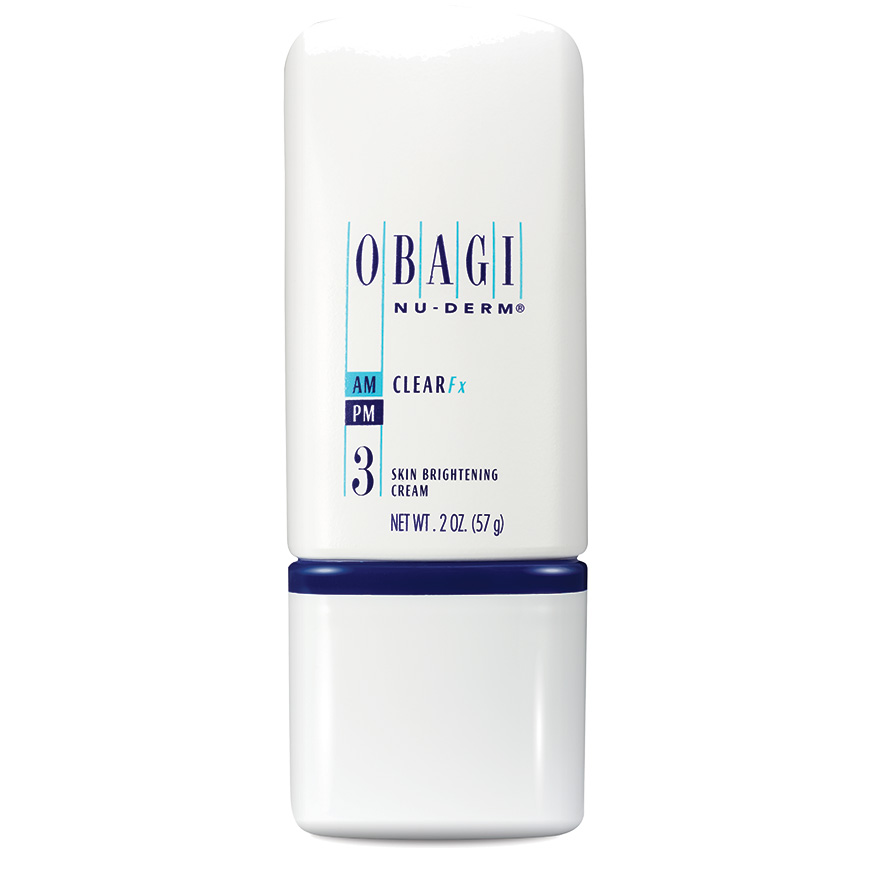
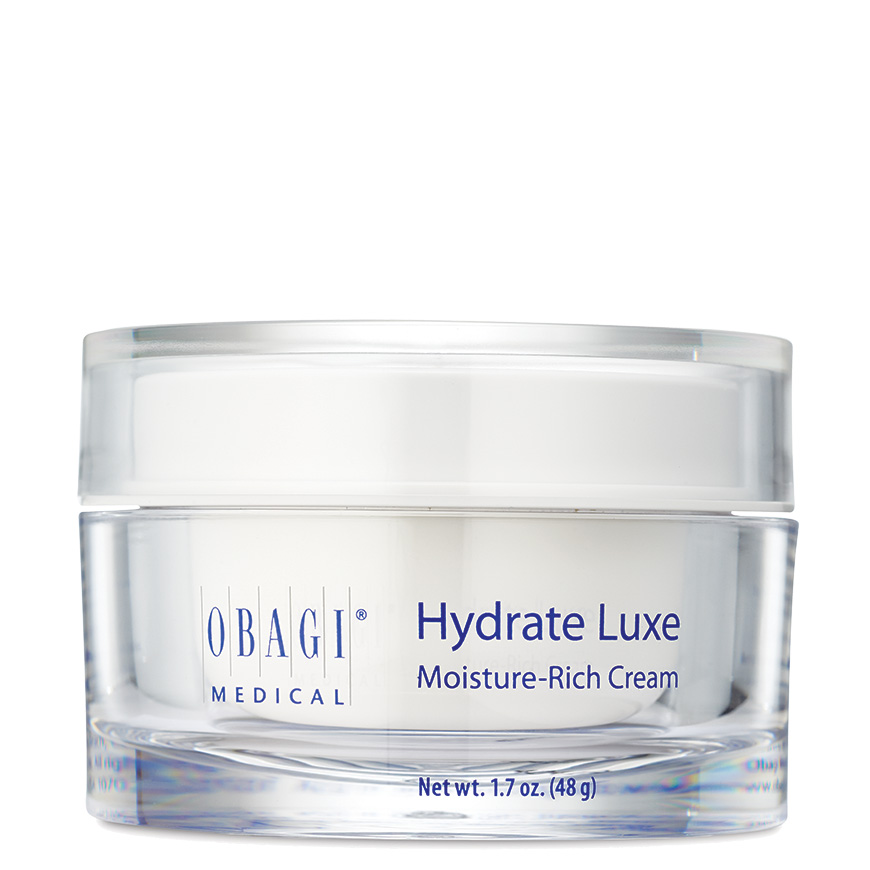
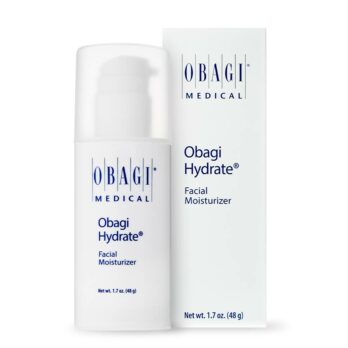
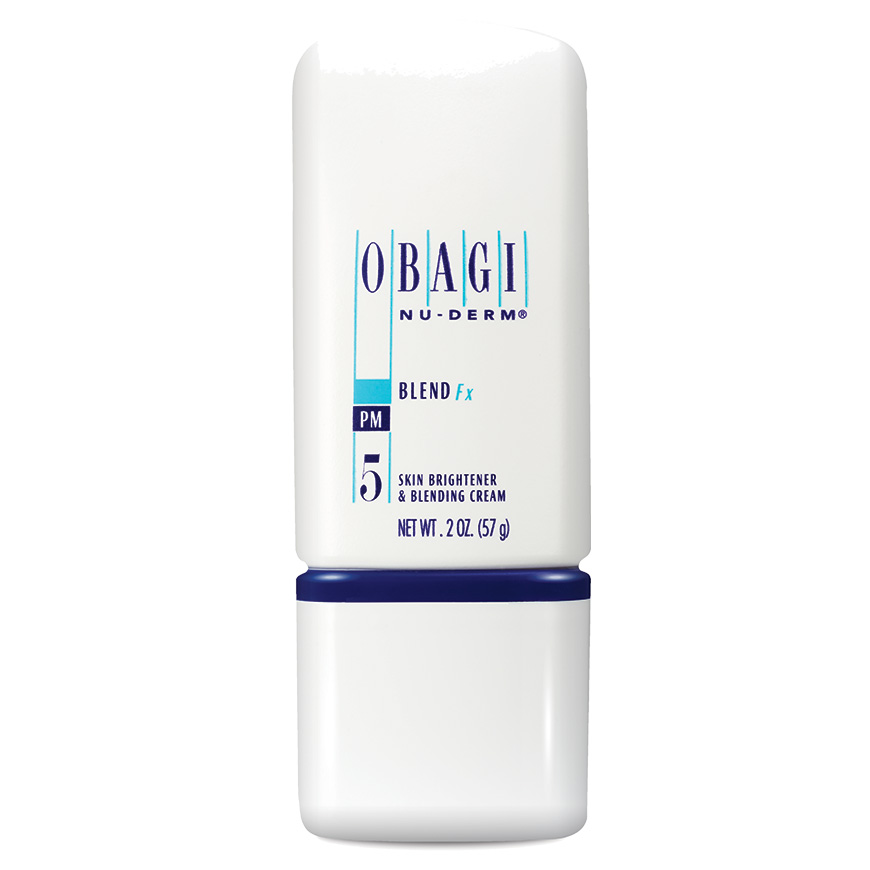
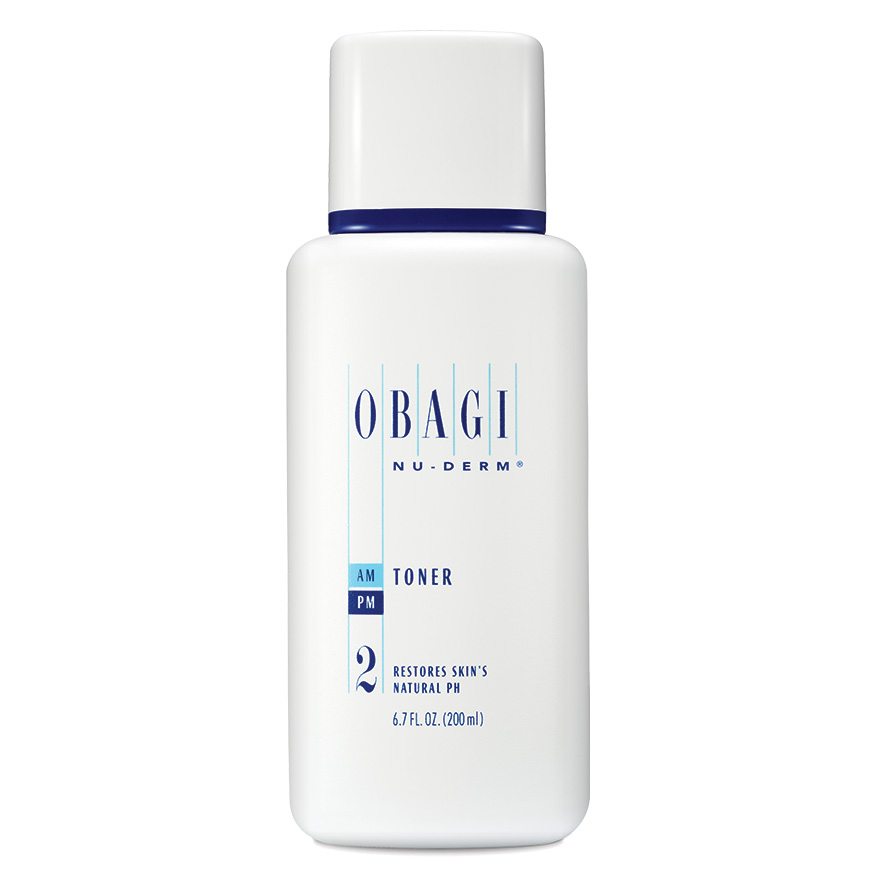
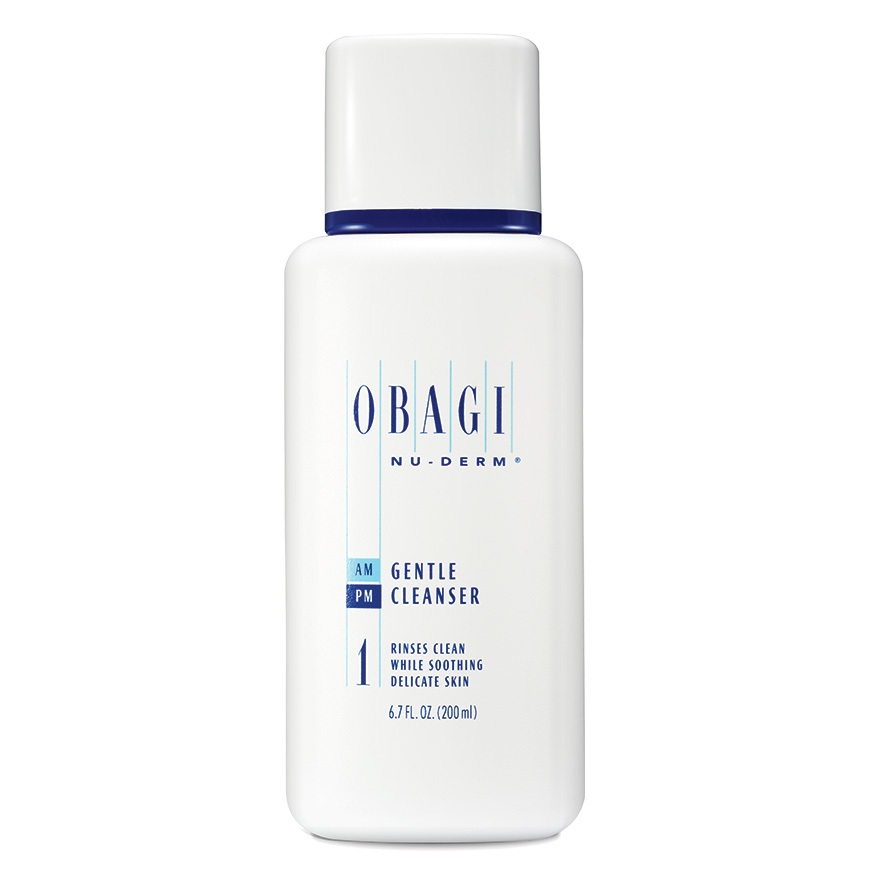
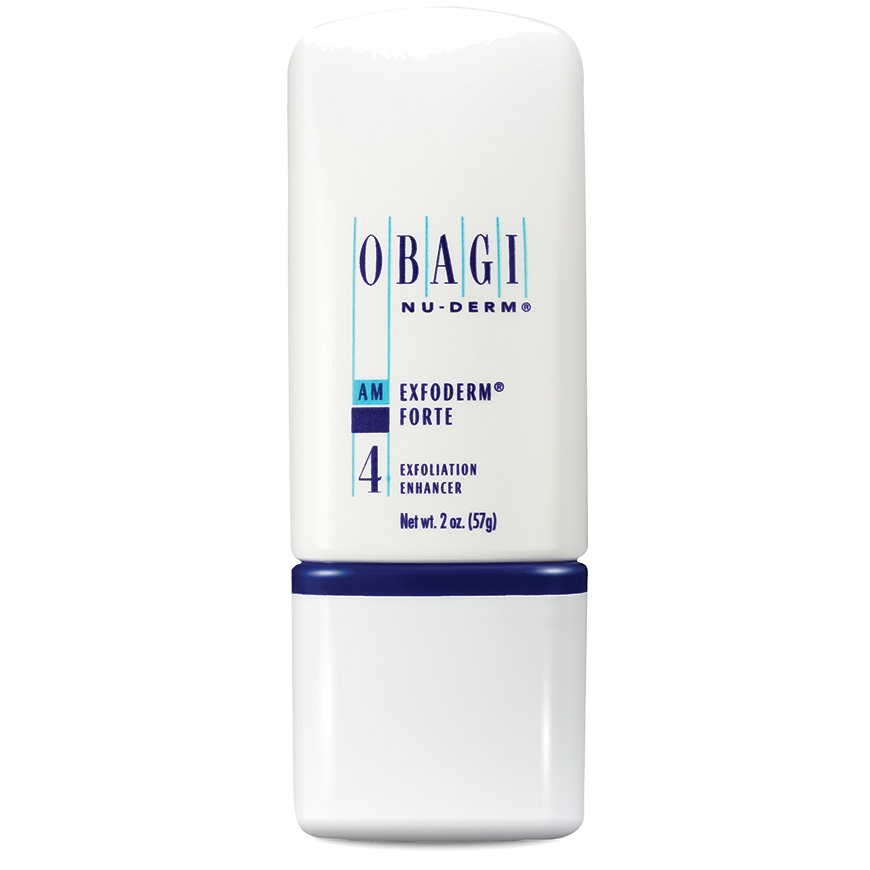
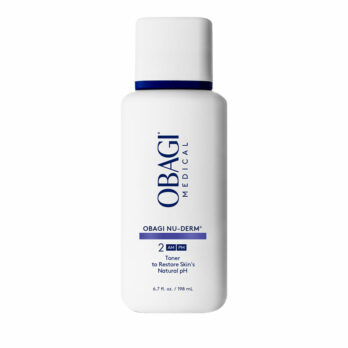
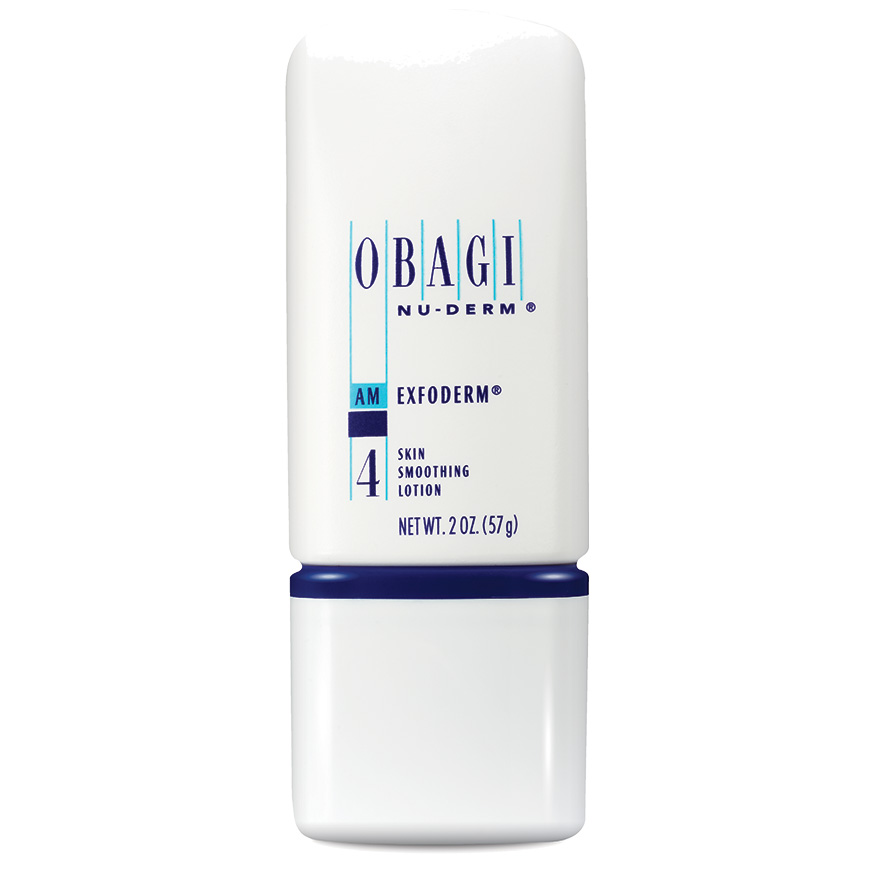
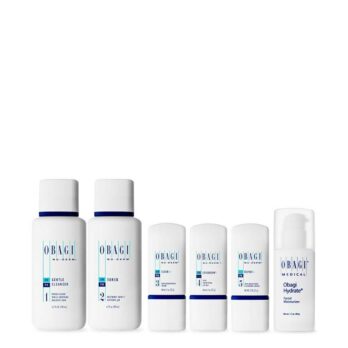
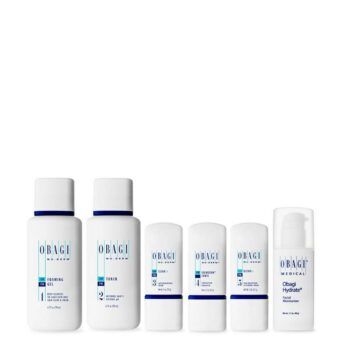
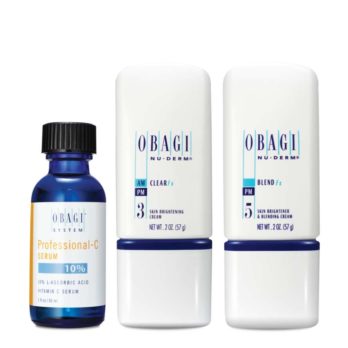
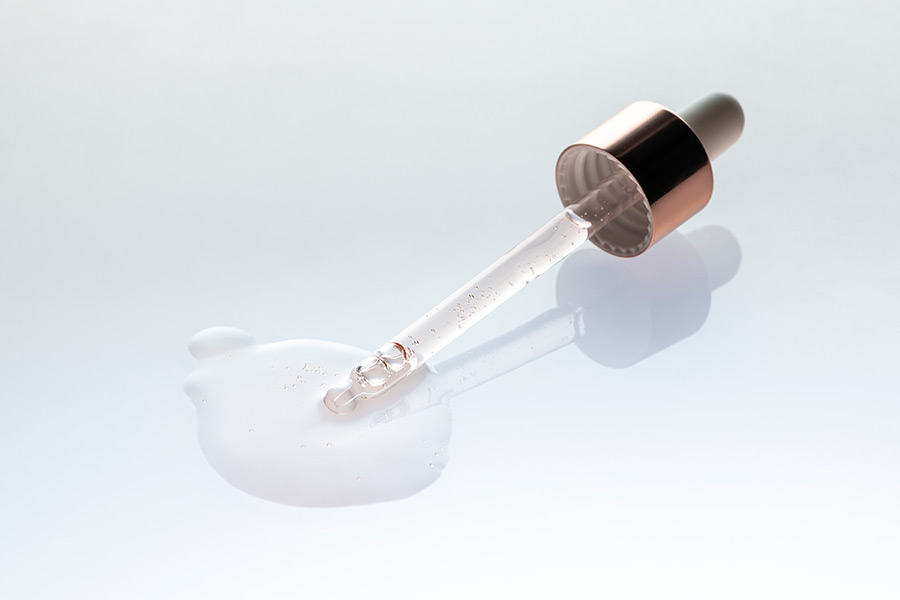
Good morning
Trust that you are well.
I have since started the Neoretin range.
Is it normal for the skin to peel especially at the darker areas .
Many thanks
Take care
Nesu Pillay
Hi Nesu thank you for your comment. The peeling can be 100% normal as the dark pigmented lesions are brought to the skin surface. However it may also indicate that your skin is reacting to the retinol. My advice to be on the safe side is to stop the Neoretin until the skin settles (no more peeling) and then start introducing the Neoretin again by applying every 3rd day (Gel Cream) and night (Booster) for 2 weeks, then every 2nd day and night for 2 weeks and then daily/nightly. Please let me know if there are any problems. Kind regards Dr Alek Nikolic.